- Dew Point Meters
- Gas Analysers
- Portable Gas Detector
- Moisture And Dew Point Analyzer
- Dust/Opacity Monitor
- Gas Monitoring Systems
- Gas Leak Detectors
- Gas Transmitters
- VOC Leak Detector
- Air Quality Monitoring System
- Online Continuous Emission Monitoring System-OCEMS
- Dew Point Monitors
- Gas Detector
- Opacity Monitor
- Portable Flue Gas Analyzer
- Online SOX & NOX Gas Analyzer
- Methane Gas Leak Detector
- Hydrogen Purity Analyzer
- Gas Purity Analyzer
- Effluent Monitoring Systems
- Producer Gas Analyzer
- Gas Detector Calibration Service
- Portable Gas Monitors
- Gas Sensor Transmitter
Sulfur Dioxide SO2 Gas Detector
Price 72800 INR/ Unit
MOQ : 1 Unit
Sulfur Dioxide SO2 Gas Detector Specification
- Temperature
- 15 Celsius (oC)
- Display Type
- Digital
- Power Supply
- Rechargeable Battery With Charger
- Usage
- Monitoring and Detection Systems
- Application
- Monitoring System
- Humidity
- < 85%RH
- Accuracy
- +/- 2 %
- Product Type
- Monitor
Sulfur Dioxide SO2 Gas Detector Trade Information
- Minimum Order Quantity
- 1 Unit
- Payment Terms
- Cash Advance (CA), Cash in Advance (CID), Cheque, Telegraphic Transfer (T/T), Western Union
- Supply Ability
- 2 Units Per Week
- Delivery Time
- 3 Days
- Packaging Details
- As Per Customer Requirement
- Main Export Market(s)
- Asia, Australia, Central America, North America, South America, Eastern Europe, Western Europe, Middle East, Africa
- Main Domestic Market
- All India, South India, Central India, West India, North India, East India, Gujarat, Karnataka, Kerala, Lakshadweep, Mizoram, Meghalaya, Manipur, Andhra Pradesh, Bihar, Chandigarh, Daman and Diu, Goa, Jharkhand, Odisha, Punjab, Assam, Delhi, Dadra and Nagar Haveli, Andaman and Nicobar Islands, Arunachal Pradesh, Chhattisgarh, Haryana, Himachal Pradesh, Jammu and Kashmir, Madhya Pradesh, Maharashtra, Nagaland, Rajasthan, Sikkim, Tamil Nadu, Telangana, Tripura, Pondicherry, Uttar Pradesh, Uttarakhand, West Bengal
- Certifications
- An ISO 9001:2015 Company
About Sulfur Dioxide SO2 Gas Detector
The Sulfur Dioxide (SO2) Gas Detector stands out as an elite, top-drawer device designed for sought-after industrial environments. Engineered for potent performance, it ensures rapid and accurate detection with +/- 2% precision. Offering instant checkout and favorable discount opportunities, this product comes with a rechargeable battery and charger, extending operational time. Its digital display streamlines monitoring for power plants, chemical sites, and other sensitive zones. As a trusted exporter, importer, manufacturer, service provider, and supplier in India, we guarantee dependable detection systems for every safety need.
Versatile Monitoring for Critical Spaces
This SO2 Gas Detector is ideal for continuous monitoring and detection in industrial and commercial environments. Designed for usage in monitoring systems, it excels in areas such as power supply stations, manufacturing plants, and chemical facilities. Whether deployed for fixed or portable monitoring, it delivers reliable sulfur dioxide readings, helping maintain a safe working atmosphere in sensitive, high-risk locations with utmost efficacy.
Packaging, Supply Ability & Payment Flexibility
Packaging details for the Sulfur Dioxide Gas Detector ensure that shipped goods arrive intact and ready for use. Our robust supply ability guarantees timely fulfillment for bulk orders, supported by flexible payment terms adapted to your proposal amount and sale price agreements. Designed to give you comprehensive purchasing control, our processes ensure seamless transactions for both domestic and international clients.
Versatile Monitoring for Critical Spaces
This SO2 Gas Detector is ideal for continuous monitoring and detection in industrial and commercial environments. Designed for usage in monitoring systems, it excels in areas such as power supply stations, manufacturing plants, and chemical facilities. Whether deployed for fixed or portable monitoring, it delivers reliable sulfur dioxide readings, helping maintain a safe working atmosphere in sensitive, high-risk locations with utmost efficacy.
Packaging, Supply Ability & Payment Flexibility
Packaging details for the Sulfur Dioxide Gas Detector ensure that shipped goods arrive intact and ready for use. Our robust supply ability guarantees timely fulfillment for bulk orders, supported by flexible payment terms adapted to your proposal amount and sale price agreements. Designed to give you comprehensive purchasing control, our processes ensure seamless transactions for both domestic and international clients.
FAQs of Sulfur Dioxide SO2 Gas Detector:
Q: How is the Sulfur Dioxide SO2 Gas Detector used in monitoring systems?
A: The detector is integrated into onsite monitoring systems for continuous real-time measurement of sulfur dioxide levels, ensuring prompt alerts in case of dangerous concentrations.Q: What makes this SO2 Gas Detector sought-after for industrial safety?
A: Its potent accuracy, digital display, and rechargeable battery make it a top-drawer solution, especially favored for critical sites requiring reliable gas detection and prompt response.Q: Where can the SO2 Gas Detector be deployed effectively?
A: It is best suited for power stations, chemical plants, manufacturing zones, and other areas with potential sulfur dioxide emissions, safeguarding personnel and assets.Q: What is the process for instant checkout and order placement?
A: Customers can benefit from instant checkout via our online portal or direct inquiry. As exporter, importer, and supplier, we streamline ordering for fast, hassle-free procurement.Q: How does the rechargeable battery benefit usage in monitoring and detection systems?
A: The rechargeable battery delivers long-lasting operation, reducing downtime and maintenance needs in monitoring systems, thereby supporting continuous supervision in demanding environments.Q: What kind of packaging and shipment can buyers expect?
A: Shipped goods are carefully packaged to protect the detector and accessories, assuring safe and intact delivery to both domestic and international customers.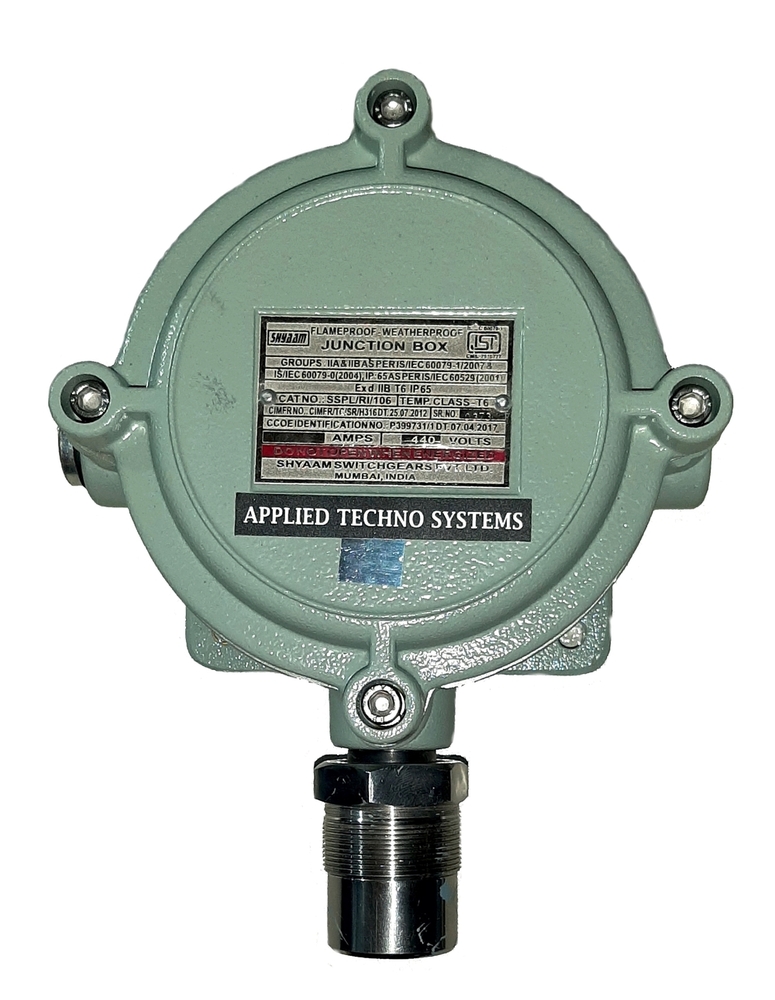
Tell us about your requirement

Price:
Quantity
Select Unit
- 50
- 100
- 200
- 250
- 500
- 1000+
Additional detail
Mobile number
Email
More Products in Gas Detector Category
Gas Detectors
Price 32500 INR / Unit
Minimum Order Quantity : 1 Unit
Usage : Monitoring and Detection Systems
Power Supply : Internal Lithium Rechargeable battery with 230V AC 50Hz charger
Portable Combustible Gas Leak Detector Model ATS 101M
Price 32500 INR / Unit
Minimum Order Quantity : 1 Unit
Usage : Leak detection in residential, commercial, and industrial sites
Power Supply : 9V DC battery
Portable Confined Space Gas Monitor
Price 32000 INR / Number
Minimum Order Quantity : 1 Number
Usage : Industrial
Power Supply : Electric
Material : ABS Plastic
Handheld VOC Monitor
Price 158000 INR / Unit
Minimum Order Quantity : 1 Unit
Usage : Industrial
Material : MS
Operate Method : Semi Automatic

 Send Inquiry
Send Inquiry
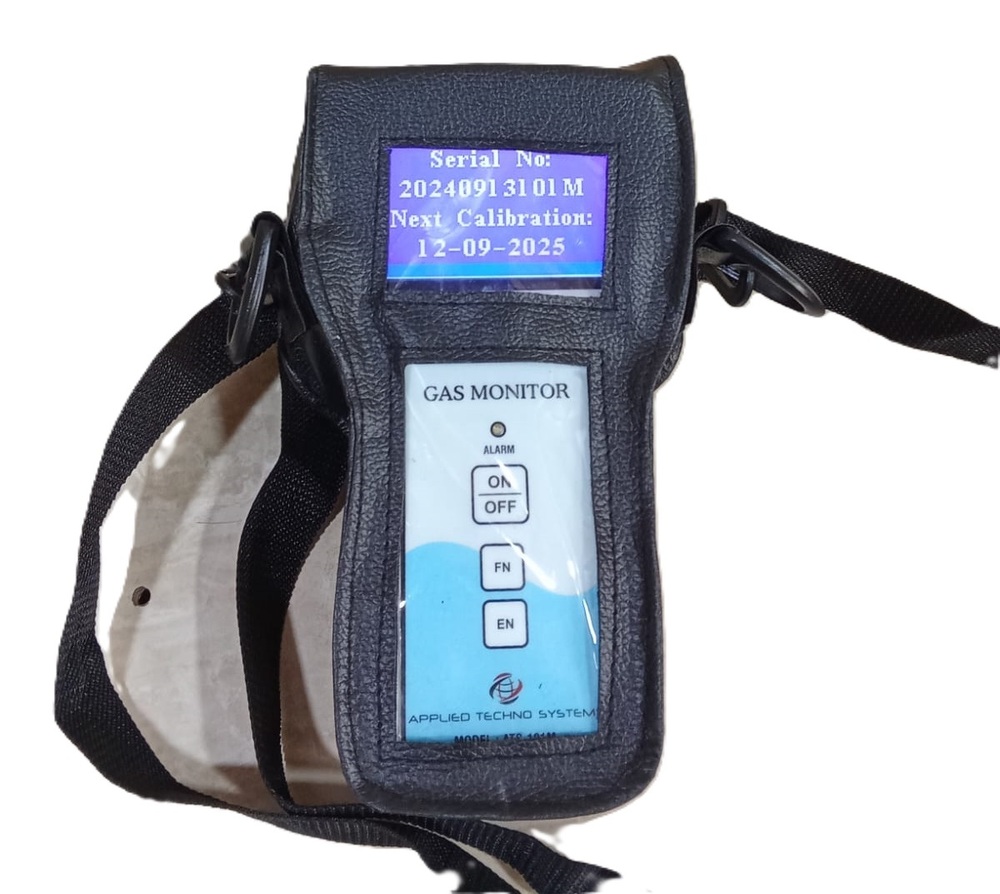
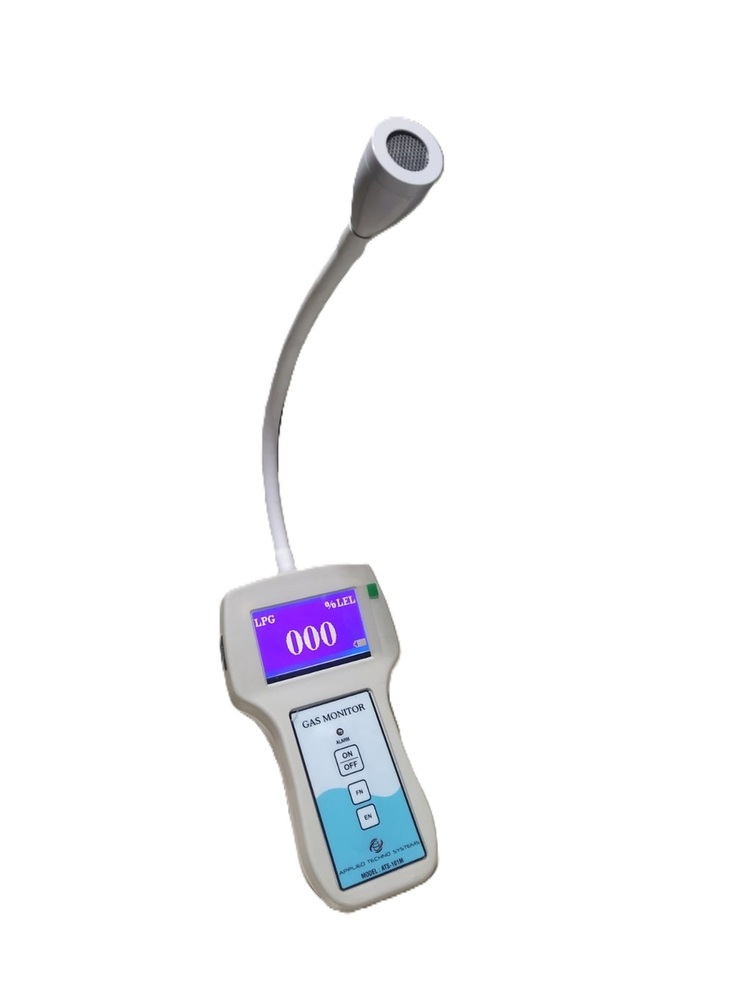
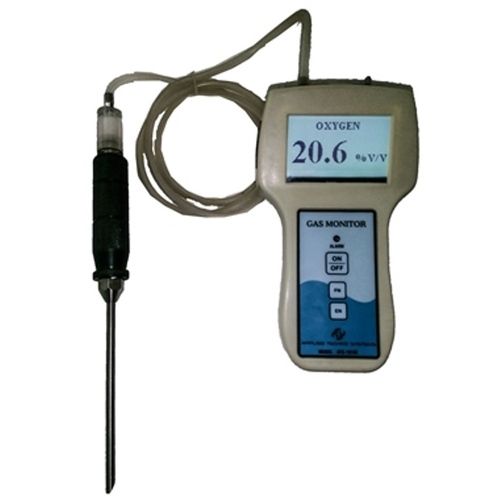
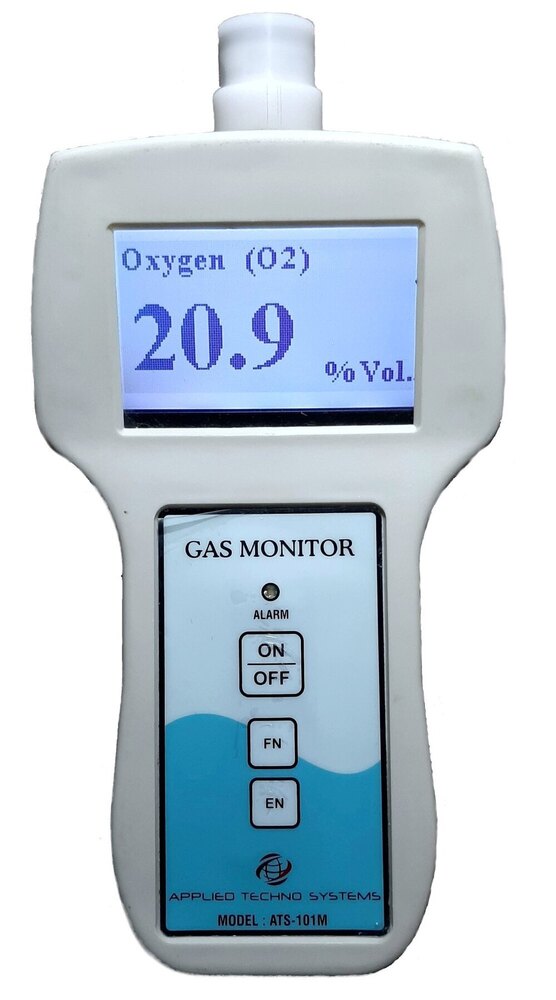

 English
English Spanish
Spanish French
French German
German Italian
Italian Chinese (Simplified)
Chinese (Simplified) Japanese
Japanese Korean
Korean Arabic
Arabic Portuguese
Portuguese